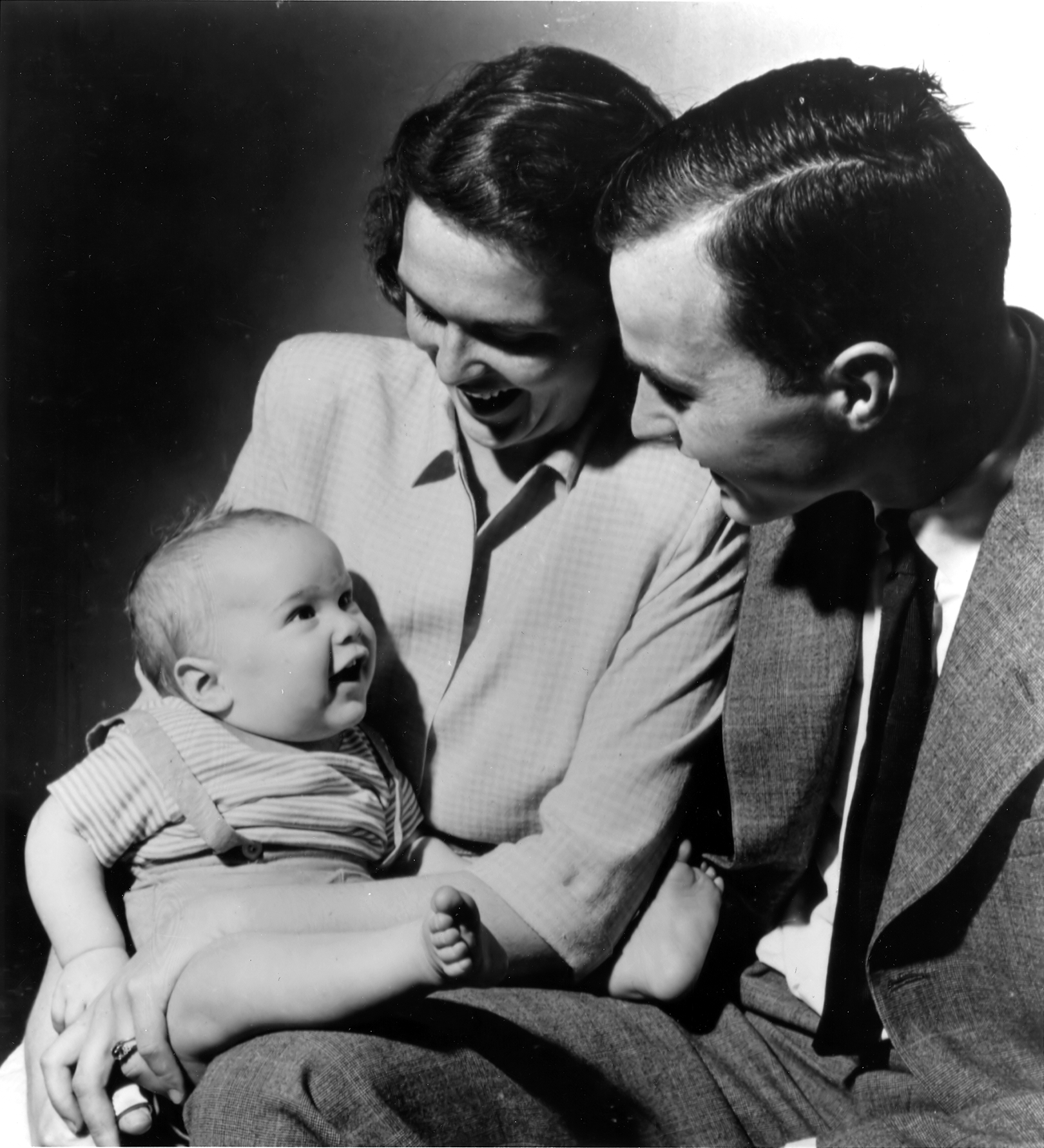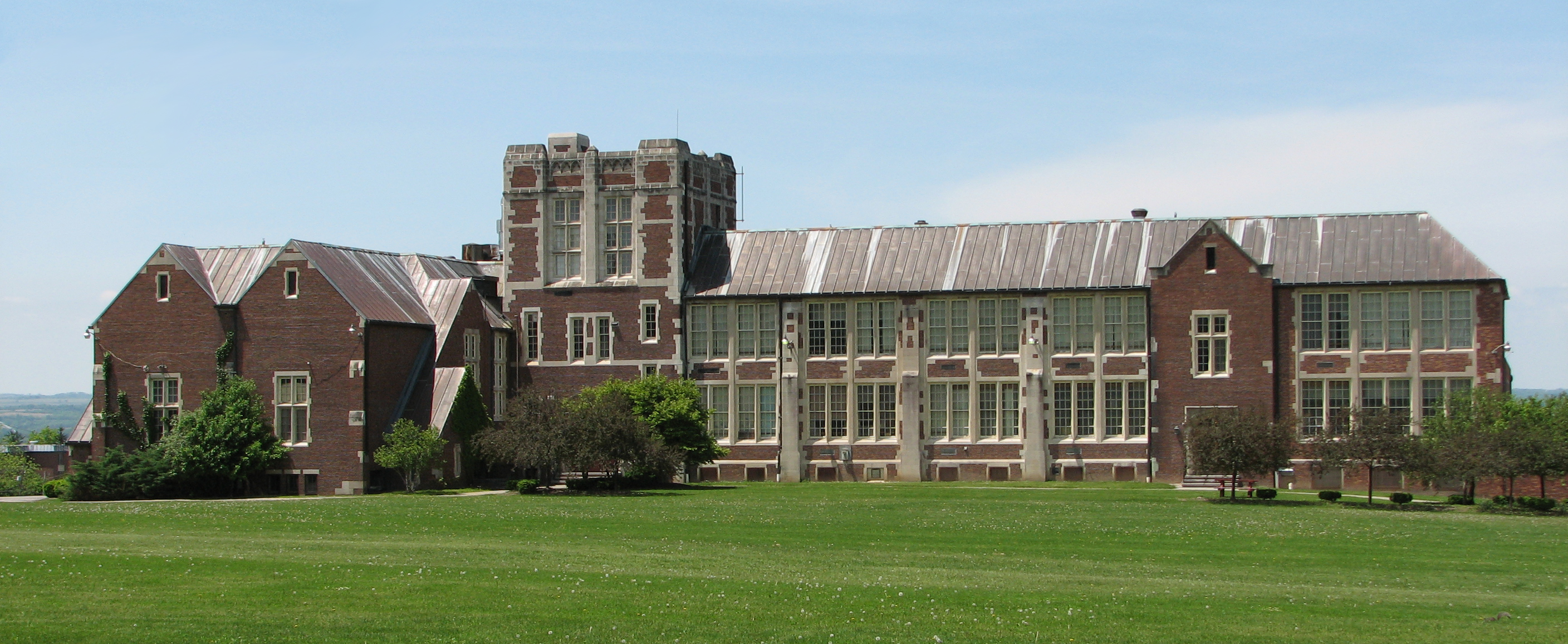|
Richard C. Wesley
Richard Carl Wesley (born August 1, 1949) is a senior United States circuit judge of the United States Court of Appeals for the Second Circuit. Early life and career He was born on August 1, 1949, in Canandaigua, Ontario County, New York. Wesley attended the State University of New York at Albany followed by Cornell Law School, receiving a Bachelor of Arts degree in 1971 and Juris Doctor in 1974, respectively. He began his career as a lawyer in private practice in Pittsford and Geneseo, New York, between 1976 and 1987. He entered politics as a Republican, and was assistant counsel to the minority party in the New York State Assembly from 1979 to 1982. He was a member of the Assembly from 1983 to 1986, sitting in the 185th and 186th New York State Legislatures. Judicial career State judicial service Wesley's judicial career began with his election to the New York State Supreme Court in 1986. He served as a trial judge on the Supreme Court from 1987 to 1994, when he wa ... [...More Info...] [...Related Items...] OR: [Wikipedia] [Google] [Baidu] |
United States Federal Judge
In the United States, a federal judge is a judge who serves on a court established under Article Three of the U.S. Constitution. Often called "Article III judges", federal judges include the chief justice and associate justices of the U.S. Supreme Court, circuit judges of the U.S. Courts of Appeals, district judges of the U.S. District Courts, and judges of the U.S. Court of International Trade. Federal judges are not elected officials, unlike the president and vice president and U.S. senators and representatives. They are nominated by the president and confirmed by the Senate. The Constitution gives federal judges life tenure, and they hold their seats until they die, resign, or are removed from office through impeachment. The term "federal judge" may also extend to U.S. magistrate judges or the judges of other federal tribunals within the judiciary such as the U.S. Bankruptcy Courts, the U.S. Court of Federal Claims, the U.S. Court of Appeals for the Armed ... [...More Info...] [...Related Items...] OR: [Wikipedia] [Google] [Baidu] |
United States Senate
The United States Senate is a chamber of the Bicameralism, bicameral United States Congress; it is the upper house, with the United States House of Representatives, U.S. House of Representatives being the lower house. Together, the Senate and House have the authority under Article One of the United States Constitution, Article One of the Constitution of the United States, U.S. Constitution to pass or defeat federal legislation. The Senate also has exclusive power to confirm President of the United States, U.S. presidential appointments, to approve or reject treaties, and to convict or exonerate Impeachment in the United States, impeachment cases brought by the House. The Senate and the House provide a Separation of powers under the United States Constitution, check and balance on the powers of the Federal government of the United States#Executive branch, executive and Federal judiciary of the United States, judicial branches of government. The composition and powers of the Se ... [...More Info...] [...Related Items...] OR: [Wikipedia] [Google] [Baidu] |
George W
George Walker Bush (born July 6, 1946) is an American politician and businessman who was the 43rd president of the United States from 2001 to 2009. A member of the Bush family and the Republican Party (United States), Republican Party, he is the eldest son of the 41st president, George H. W. Bush, and was the 46th governor of Texas from 1995 to 2000. Bush flew warplanes in the Texas Air National Guard in his twenties. After graduating from Harvard Business School in 1975, he worked in the oil industry. He later co-owned the Major League Baseball team Texas Rangers (baseball), Texas Rangers before being elected governor of Texas 1994 Texas gubernatorial election, in 1994. Governorship of George W. Bush, As governor, Bush successfully sponsored legislation for tort reform, increased education funding, set higher standards for schools, and reformed the criminal justice system. He also helped make Texas the Wind power in Texas, leading producer of wind-generated electricity in t ... [...More Info...] [...Related Items...] OR: [Wikipedia] [Google] [Baidu] |
New York Supreme Court, Appellate Division
The Appellate Division of the Supreme Court of the State of New York is the intermediate appellate court in New York State. The state is geographically divided into four judicial departments of the Appellate Division. The full title of each is, using the "Fourth Department" as an example, the "Supreme Court of the State of New York, Appellate Division, Fourth Judicial Department".NY Courts website Appellate Divisions page Accessed June 24, 2009. Jurisdiction The Appellate Division primarily hears appeals from the state's s ( |
New York State Supreme Court
The Supreme Court of the State of New York is the superior court in the Judiciary of New York. It is vested with unlimited civil and criminal jurisdiction, although in many counties outside New York City it acts primarily as a court of civil jurisdiction, with most criminal matters handled in County Court. New York is the only state where ''supreme court'' is a trial court rather than a court of last resort (which in New York is the Court of Appeals). Also, although it is a trial court, the Supreme Court sits as a "single great tribunal of general state-wide jurisdiction, rather than an aggregation of separate courts sitting in the several counties or judicial districts of the state." The Supreme Court is established in each of New York's 62 counties. A separate branch of the Supreme Court called the Appellate Division serves as the highest intermediate appellate court in New York. Jurisdiction Under the New York State Constitution, the New York State Supreme Court has u ... [...More Info...] [...Related Items...] OR: [Wikipedia] [Google] [Baidu] |
186th New York State Legislature
The 186th New York State Legislature, consisting of the New York State Senate and the New York State Assembly, met from January 9, 1985, to December 31, 1986, during the third and fourth years of Mario Cuomo's governorship, in Albany. Background Under the provisions of the New York Constitution of 1938 and the U.S. Supreme Court decision to follow the One man, one vote rule, re-apportioned in 1982 by the Legislature, 61 Senators and 150 assemblymen were elected in single-seat districts for two-year terms. Senate and Assembly districts consisted of approximately the same number of inhabitants, the area being apportioned contiguously without restrictions regarding county boundaries. At this time there were two major political parties: the Democratic Party and the Republican Party. The Conservative Party, the Liberal Party, the Right to Life Party, the Libertarian Party, the Communist Party, the New Alliance Party and the Workers World Party also nominated tickets. Electi ... [...More Info...] [...Related Items...] OR: [Wikipedia] [Google] [Baidu] |
185th New York State Legislature
The 185th New York State Legislature, consisting of the New York State Senate and the New York State Assembly, met from January 5, 1983, to December 31, 1984, during the first and second years of Mario Cuomo's governorship, in Albany. Background On May 8, 1982, Senate Republicans and Assembly Democrats announced that they had agreed upon a new apportionment. The number of seats in the State Senate was increased from 60 to 61. The new district lines were gerrymandered by the Republican Senate majority to increase Republican strength, and by the Democratic Assembly majority to increase Democratic strength. On June 23, 1982, a special panel of three federal judges ordered Special Master Robert P. Patterson Jr. to revise the new apportionment proposed by the Legislature. On July 3, 1982, the revised re-apportionment was approved by the U.S. Department of Justice. Thus, under the provisions of the New York Constitution of 1938 and the U.S. Supreme Court decision to follow the ... [...More Info...] [...Related Items...] OR: [Wikipedia] [Google] [Baidu] |
New York State Assembly
The New York State Assembly is the lower house of the New York State Legislature, with the New York State Senate being the upper house. There are 150 seats in the Assembly. Assembly members serve two-year terms without term limits. The Assembly convenes at the State Capitol in Albany. Leadership of the Assembly The speaker of the Assembly presides over the Assembly. The speaker is elected by the Majority Conference, followed by confirmation of the full Assembly through the passage of an Assembly Resolution. In addition to presiding over the body, the speaker also has the chief leadership position, and controls the flow of legislation and committee assignments. The minority leader is elected by party caucus. The majority leader of the Assembly is selected by, and serves, the speaker. Democrat Carl Heastie of the 83rd Assembly District has served as speaker of the Assembly since February 2015. Crystal Peoples-Stokes of the 141st Assembly District has served as Assemb ... [...More Info...] [...Related Items...] OR: [Wikipedia] [Google] [Baidu] |
Geneseo (village), New York
Geneseo is a village in and the county seat of Livingston County in the Finger Lakes region of New York, United States, south of Rochester. The name "Geneseo" is an anglicization of the Iroquois name for the earlier Iroquois town there, ''Gen-nis-he-yo'', which means "beautiful valley". The village of Geneseo lies within the western part of the town of Geneseo at the junction of State Routes 39 and 63 with U.S. Route 20A. The village's population was 8,031 at the 2010 census, out of 10,483 in the town. The United States Department of the Interior designated part of the village—the Geneseo Historic District—a National Historic Landmark in 1991. History The town of Geneseo was established in 1789, before the formation of Livingston County. Settlement began shortly after James and William Wadsworth arrived in 1790. The brothers came to the Genesee Valley from Connecticut as agents of their uncle, Colonel Jeremiah Wadsworth, to care for and sell the land he purch ... [...More Info...] [...Related Items...] OR: [Wikipedia] [Google] [Baidu] |
Pittsford (village), New York
Pittsford is a village in Monroe County, New York, United States. The population was 1,419 at the 2020 census. It is named after Pittsford, Vermont, the native town of a founding father. It is the oldest village in New York, incorporated in 1827. The village, an Erie Canal community, is in the town of Pittsford and is a suburb of Rochester. History Pittsford is the oldest of Monroe County's ten incorporated villages. The village was the site of a spring-fed pond which attracted the first European Americans. Israel Stone, the village's first settler, built the village's first structure, a log house next to the pond, in 1789. The town of Pittsford surrounding the village was established in 1789 and was originally named "Northfield". Pittsford's original hamlet settlement was located a mile south of the current village. In the second decade of the nineteenth century the opening of a new east–west highway (now NYS Route 31) and the surveying of the proposed Erie Canal route ... [...More Info...] [...Related Items...] OR: [Wikipedia] [Google] [Baidu] |





